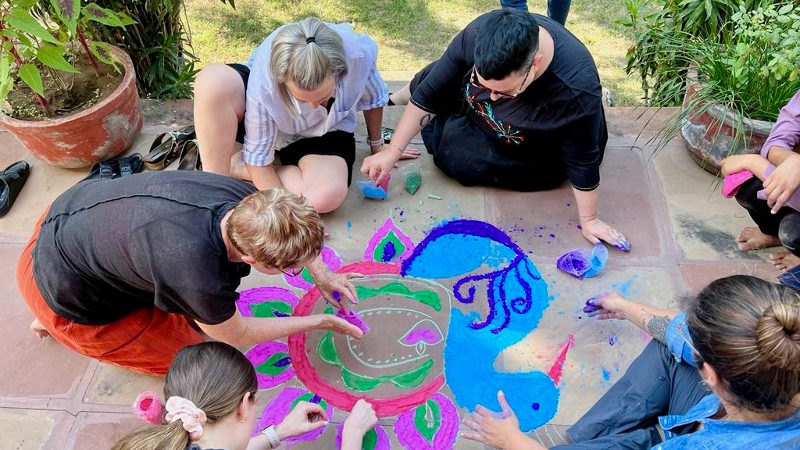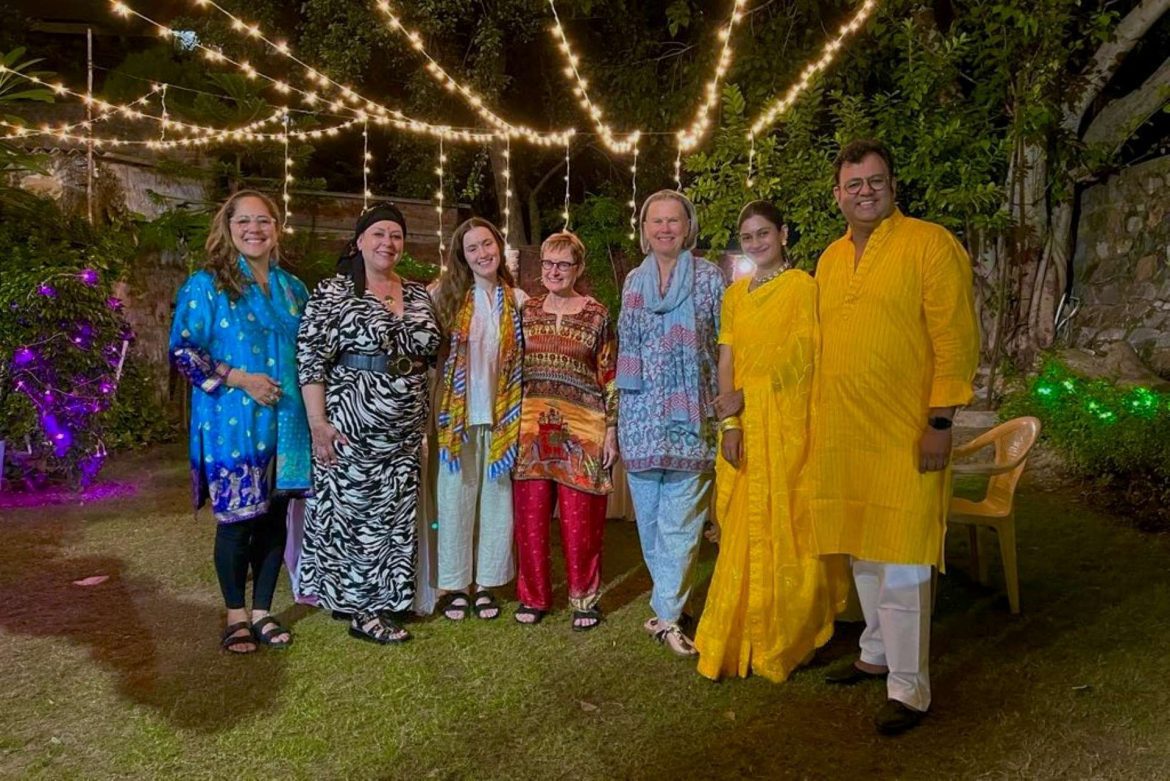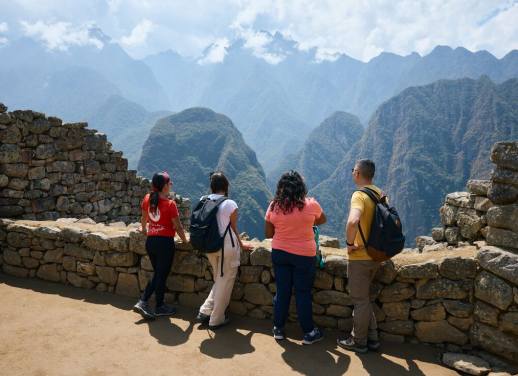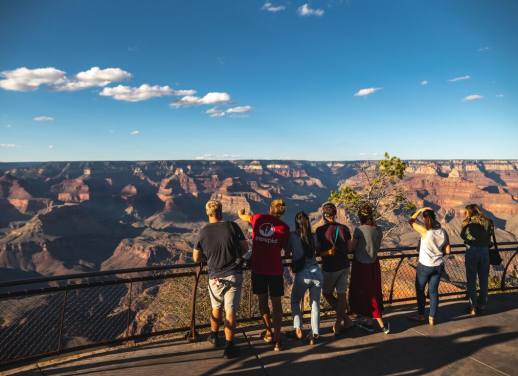On her first trip to India, Liisa Ladouceur experienced the true spirit of Diwali thanks to an Indian family who welcomed her into their home.
I admit – somewhat sheepishly – that I didn’t know all that much about Diwali before my Women’s Expedition with Intrepid. As a traveller in India for the first time, I had no idea what to expect.
India is a magic place to visit any time of year, but Diwali is something else. I found everyone to be in a bright mood. Streets sparkled with strings of lights, fireworks lit up the sky with colour, and markets were filled with mouth-watering sweets, orange marigold garlands, giant stalks of fresh sugar cane, and piles of small clay pots called diyas. Our trip leader, Anjali, explained that this traditional oil lamp gave Diwali its namesake.
Celebrated in India and several countries throughout the world, Diwali is observed by more than a billion people of Hindu, Jain, Sikh and Buddhist faiths. This five-day festival marks the beginning of a new year and celebrates the triumph of good over evil and light over darkness.
As our group travelled around Rajasthan – a region renowned for its palaces, maharajas and festivals – in the days leading up to the festival’s main event, we had the opportunity to learn about various Diwali traditions.
We got to help create a rangoli, an intricate decoration made with coloured sand to adorn the floor of an entranceway. It was a delight to learn from some young Indian women who drew a pretty peacock design for us to fill in – even if it did test my hip flexibility and art skills. We were also treated to a session with a henna artist, who painted our hands in beautiful designs.

I learned that as well as a celebration of lights, this festival is a time of faith, family and feasts. Behind the scenes, families prepare for Diwali by cleaning their homes and buying new clothes and jewellery.
I didn’t just experience the festival of lights on the streets. My most memorable experience was celebrating Diwali with an Indian family in their home. I came away with a deeper understanding of Diwali and the culture and spirit of the country’s people.
Food is a serious business for the senses in India. Tasting new dishes was high on my list of reasons for visiting this country. I was excited that our itinerary included a cooking demonstration where we would learn recipes from a local chef in their home and enjoy a vegetarian meal together.
Having witnessed how much preparation goes into Diwali and the importance of being with loved ones during this festival, it was so generous of this family to welcome us into their home. Not for the first time on this trip, I was reminded that hospitality is part and parcel of life in India.
Our hosts, Divyashree and Saurabh, greeted us with a tilak: a small marking on the forehead made with red paste and grains of rice that has many significances in the country, including a greeting for guests. We offered them sweets.
Immediately, we could feel Diwali all around us. Our hosts had decorated their backyard with strings of white, purple and green lights, and the entire neighbourhood seemed to be setting off firecrackers.
Not for the first time on this trip, I was reminded that hospitality is part and parcel of life in India.
Divyashree explained their family are Pushkarna Brahmin and follow a vegetarian diet that does not include any onion or garlic. So, for our meal, we’d be learning how to cook traditional Brahmin dishes with spices and ingredients that might be new to us.
I was introduced to asafoetida, a pungent replacement for onion. A fruity mango powder called amchoor. Kalonji, which are black nigella seeds. And chaat masala, which is a medley of spices that our hosts told me you can eat with everything. I later picked up some chaat masala at the market to see for myself once I returned home, and it’s true.
During the lesson, we were invited to roll up our sleeves to help fry pakora dumplings and roll the dough for poori – a fried bread that puffs up into a ball when placed into hot oil. It was a lot of fun to watch.
While our group was focused on the food, more family members arrived, bearing sweets and trays of burning diyas. Anjali told us this was the true spirit of Diwali. Saurabh invited us to join the family in taking a diya around the yard. ‘Wherever there is dark, put a light,’ he said.


Surrounded by the glow of light and the warmth of our hosts, we were seated to enjoy our Diwali dinner. The couple prepared a silver thali plate for everyone with mouth-watering dishes like mango launii, bharwa bhindi and jeera aloo. It was by far the most delicious meal we had during the trip. Divyashree even gifted her recipes to us in a booklet to take home.
As much as I enjoyed making and eating the food, the joy of our evening came from the company and conversation. It came from the family who welcomed us into their home, the travel companions who had become my new friends and Anjali, who was so generous with answering our questions about Diwali. I want to return to India, but this felt like a once-in-a-lifetime experience, and I’m grateful to everyone who made it special.
With fireworks popping all around me, I left our Diwali dinner feeling full in my belly and my heart.
Liisa travelled with Intrepid on the India Women’s Expedition. These trips offer immersive local experiences for women that are ordinarily off limits on our regular group departures. If you would also like to experience India during Diwali, search our India trips for corresponding dates.




